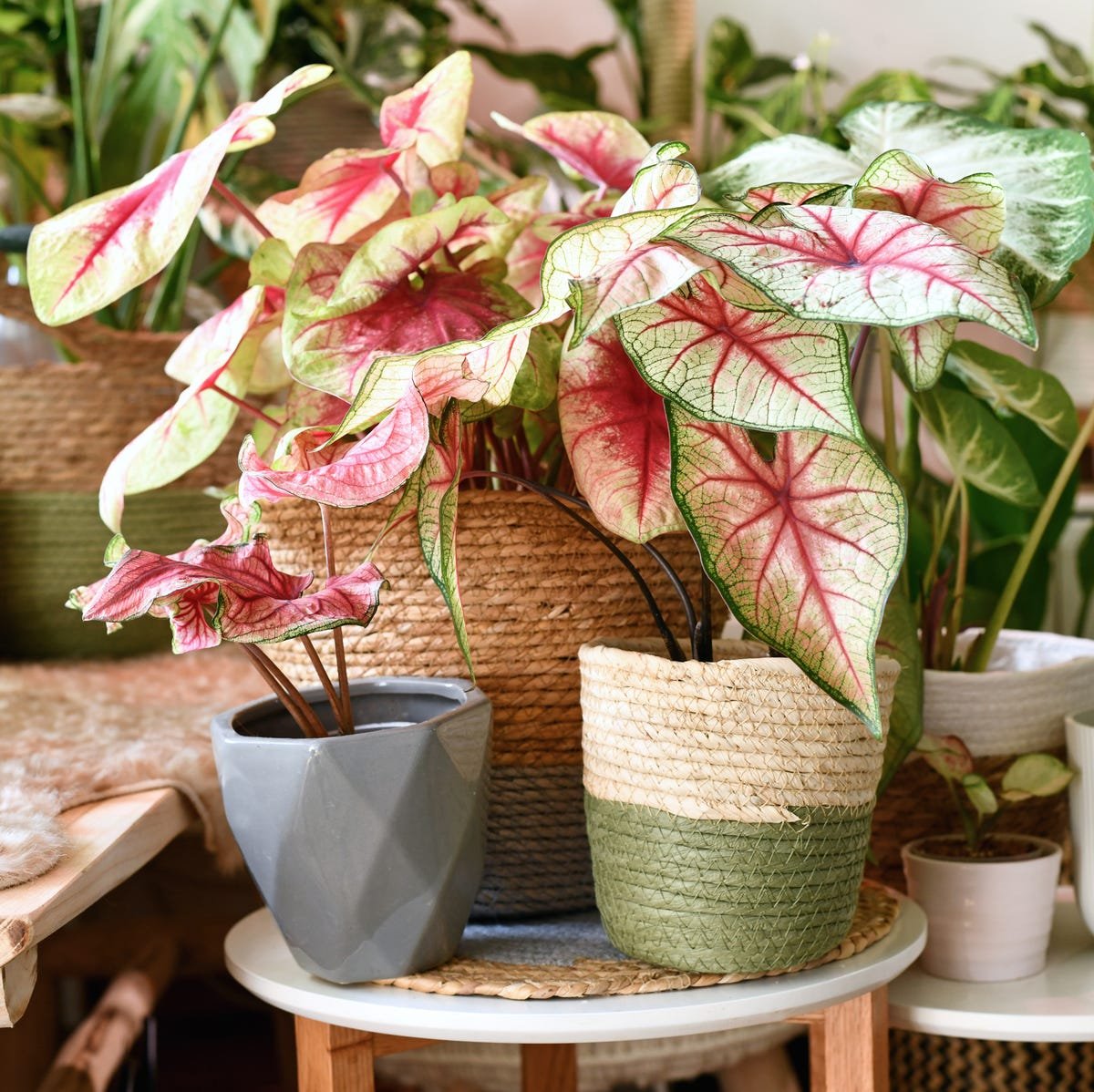Succulents are loved for their sculptural beauty, easygoing nature, and adaptability—but can they really thrive in tropical environments? Absolutely! While succulents are often associated with arid deserts and dry, sun-soaked gardens, many varieties can also adapt wonderfully to warm, humid climates.
In fact, with the right care and clever plant choices, tropical regions can be a surprisingly lush and rewarding setting for growing these hardy, water-storing beauties.
Whether you’re in Southeast Asia, the Caribbean, or any equatorial region with high humidity and year-round heat, you don’t have to give up on your dream succulent garden.
You just need to understand how to match the right succulent species to your local climate and how to adjust care routines accordingly.
This guide will walk you through the best succulents for tropical environments, along with smart tips for helping them thrive even in sticky, rainy conditions.
Growing succulents in the tropics is all about balance—balancing light and shade, airflow and moisture, and choosing plants that are more resilient to humidity.
Let’s dive into what makes tropical gardening with succulents not only possible but also incredibly beautiful.
Understanding Tropical Environments for Succulents
Tropical climates are characterized by high temperatures and frequent rainfall. Humidity often exceeds 70–80% in many tropical regions, which can spell trouble for succulents that are naturally adapted to arid zones with quick-drying soil and strong sunlight.
In such moist conditions, succulent roots are at greater risk of rot if they sit in water too long.
Leaves may become soft or yellow if they absorb excess moisture from the air.
Fungal infections can also take hold more easily without proper airflow. But this doesn’t mean you can’t enjoy a thriving succulent collection—it just means you’ll need to make a few adjustments.
Here’s what to keep in mind:
- Humidity Control: Pick succulent varieties that tolerate or even prefer higher humidity. Place them in well-ventilated spots—like breezy windowsills or open balconies—to help moisture evaporate naturally.
- Light Conditions: Tropical climates often have overcast skies or tree-shaded areas. While most succulents love sun, you’ll need to ensure they get indirect light or dappled sun for several hours a day.
- Soil and Drainage: Avoid regular potting soil. Go for fast-draining mixes with coarse sand, pumice, or perlite to prevent waterlogging.
- Container Choice: Use breathable pots like terracotta or ceramic, which help wick moisture away from the soil and reduce root rot.
Many succulents can handle the heat—some even love it—but moisture is the key challenge.
Focus on finding species that naturally occur in semi-humid environments, have thicker leaves, and don’t mind a little more water than their desert cousins.
You’ll be surprised how well they adapt once these basic needs are met.
Top Succulents That Thrive in Tropical Climates
Choosing the right succulent varieties is the most important step for success in a tropical garden. Fortunately, there are plenty of heat- and humidity-tolerant succulents that perform beautifully in these environments. Here are some of the best options:
1. Kalanchoe
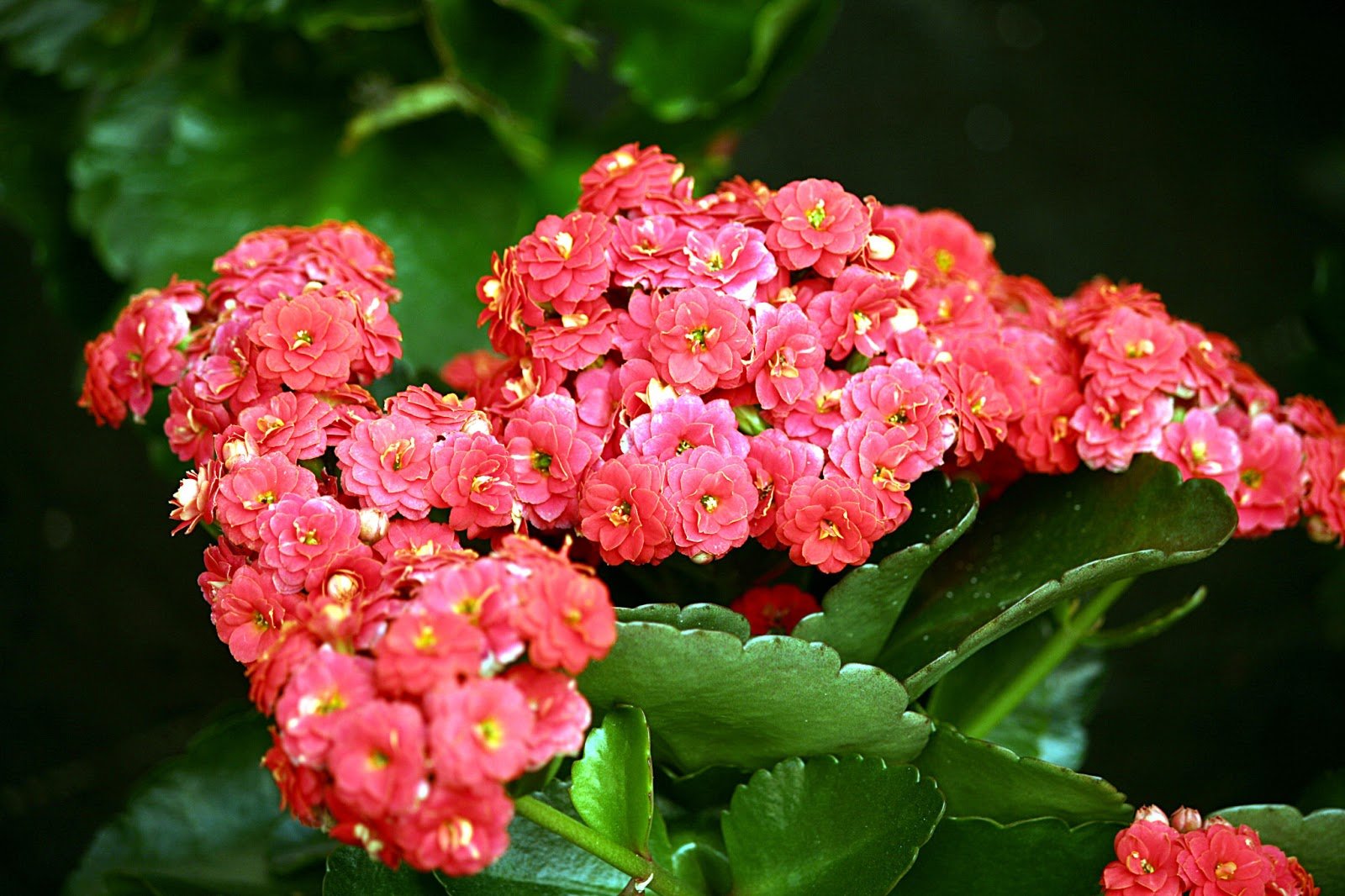
Kalanchoe species, particularly Kalanchoe blossfeldiana and Kalanchoe pinnata, are ideal for tropical climates. They tolerate humidity better than most succulents and often bloom with bright red, pink, or yellow flowers. These plants also prefer indirect sunlight, making them perfect for partially shaded balconies or patios.
2. Aloe Vera
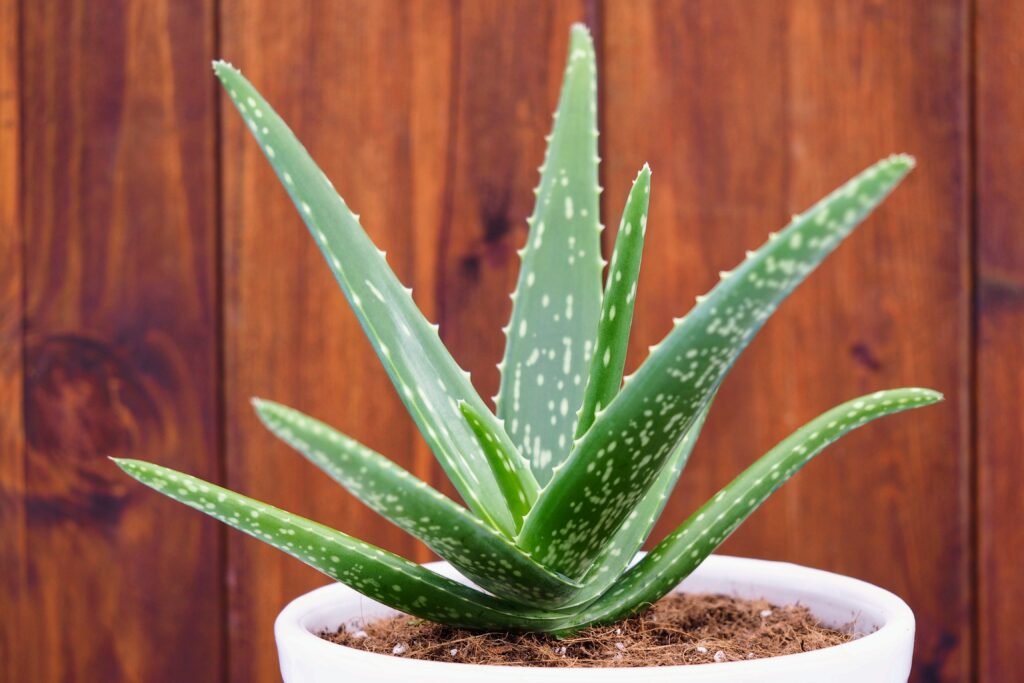
A classic favorite, Aloe vera thrives in warm, humid climates with good air circulation. It prefers slightly sandy, fast-draining soil and grows well in containers or directly in the ground. Aloe is not only a low-maintenance succulent but also a medicinal one—its gel soothes sunburns and minor skin irritations.
3. Haworthia
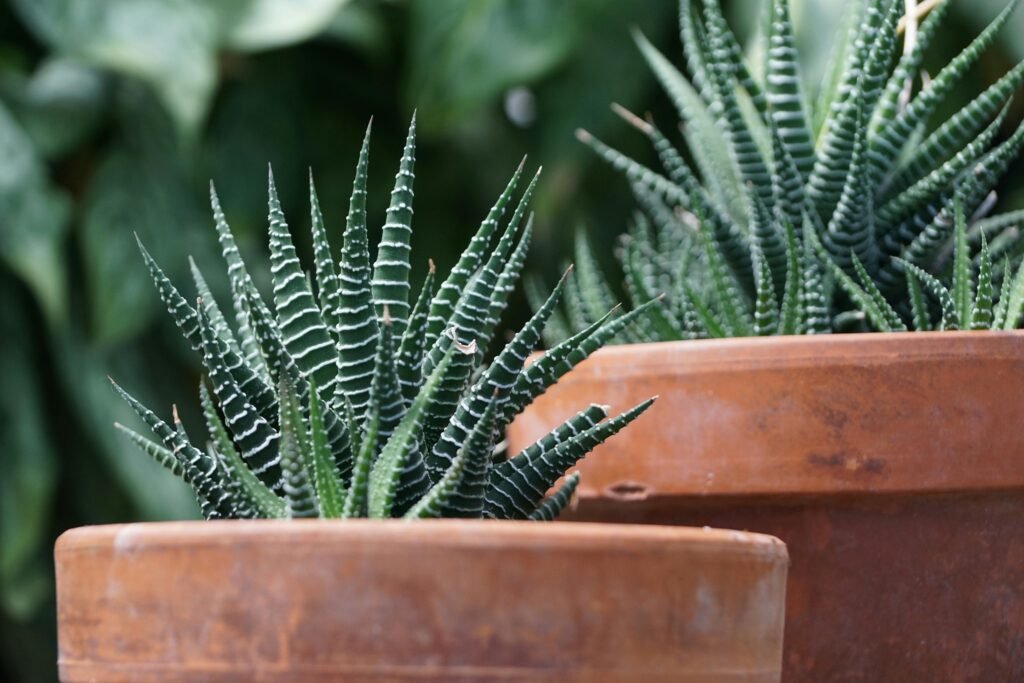
Small and slow-growing, Haworthias are well-suited for indoor tropical spaces. They don’t demand much sunlight and actually prefer some humidity, provided they’re not overwatered. Their rosette shape and translucent leaf tips make them decorative and practical for tropical homes.
4. Echeveria
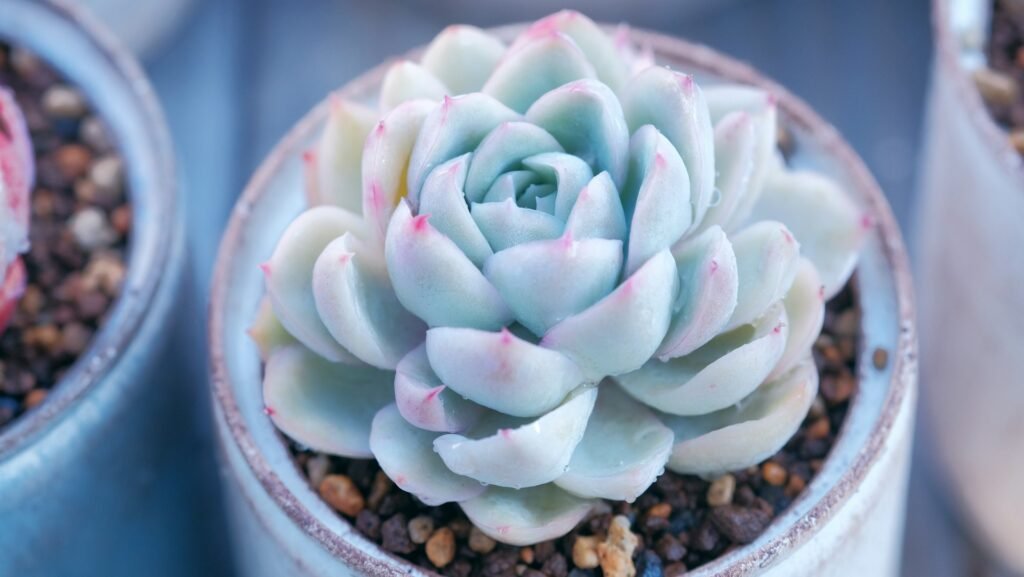
While Echeverias are generally considered better suited for dry climates, several hybrids have proven adaptable to humid conditions, especially when grown in airy, bright spots with excellent drainage. Their gorgeous rosette shapes and pastel hues can add color to any tropical patio garden.
5. Sedum (Stonecrop)
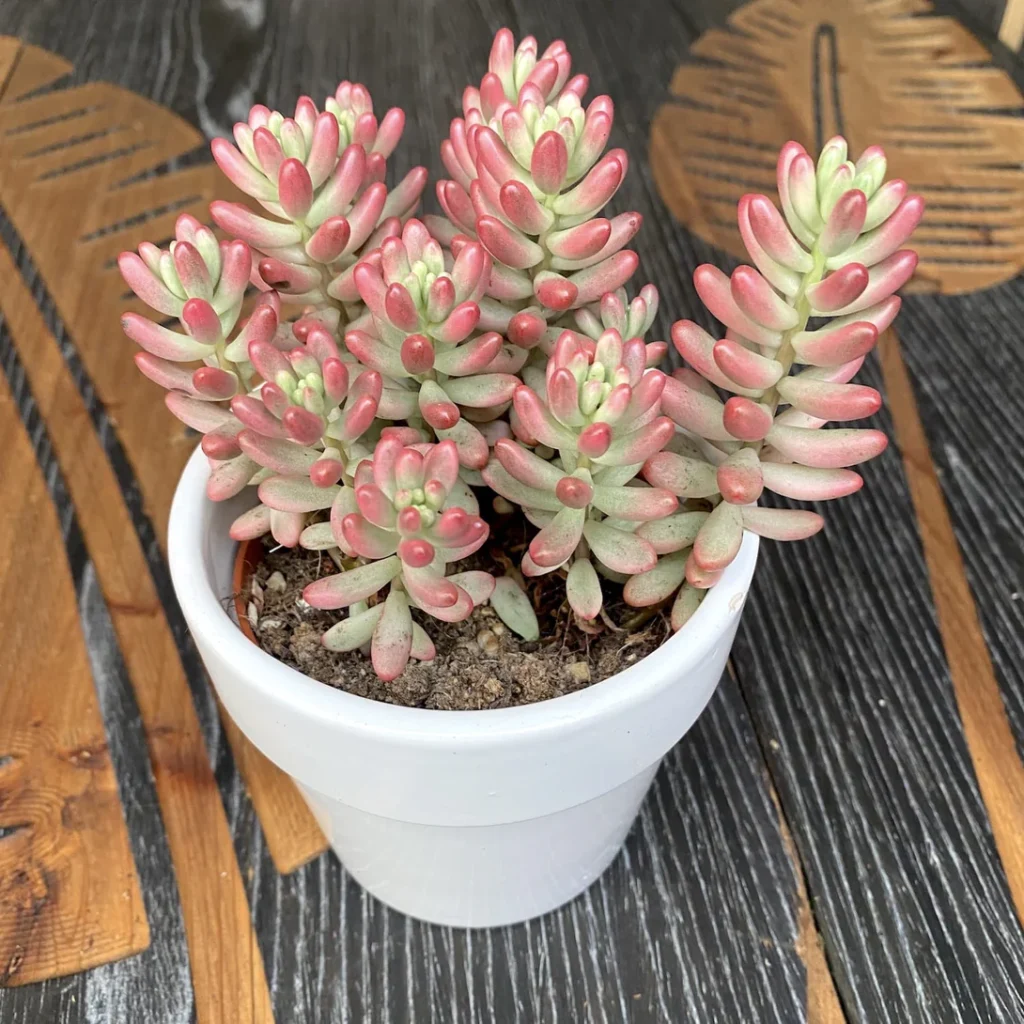
Sedums come in a wide range of species, many of which are surprisingly resilient in humid environments. Sedum rubrotinctum (Jelly Bean Plant) is one such example. It prefers indirect sunlight and well-draining soil and can handle higher humidity levels with minimal fuss.
6. Crassula ovata (Jade Plant)
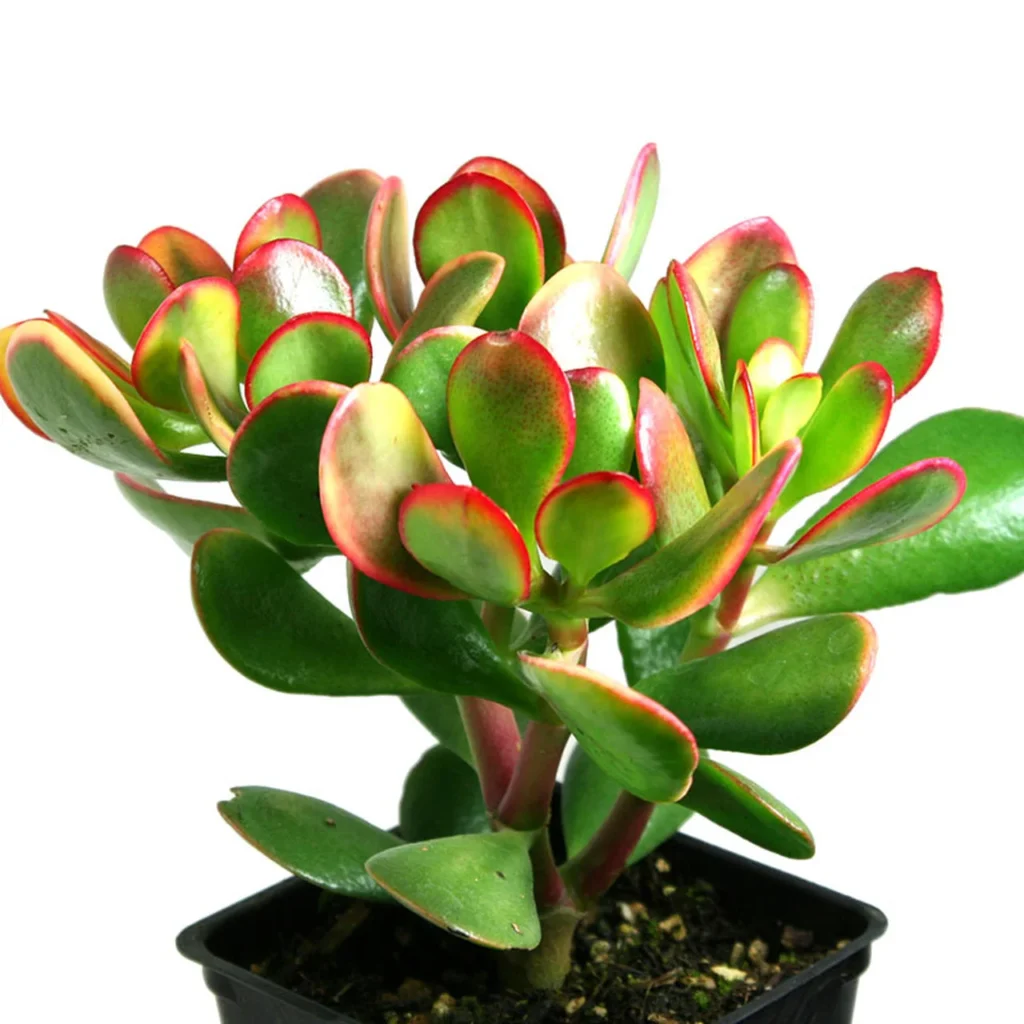
Jade plants adapt well to indoor tropical settings as long as their soil stays dry between waterings. Their thick, glossy leaves can withstand high humidity, and they’re slow growers, which makes them perfect for long-term indoor decoration.
7. Sansevieria (Snake Plant)
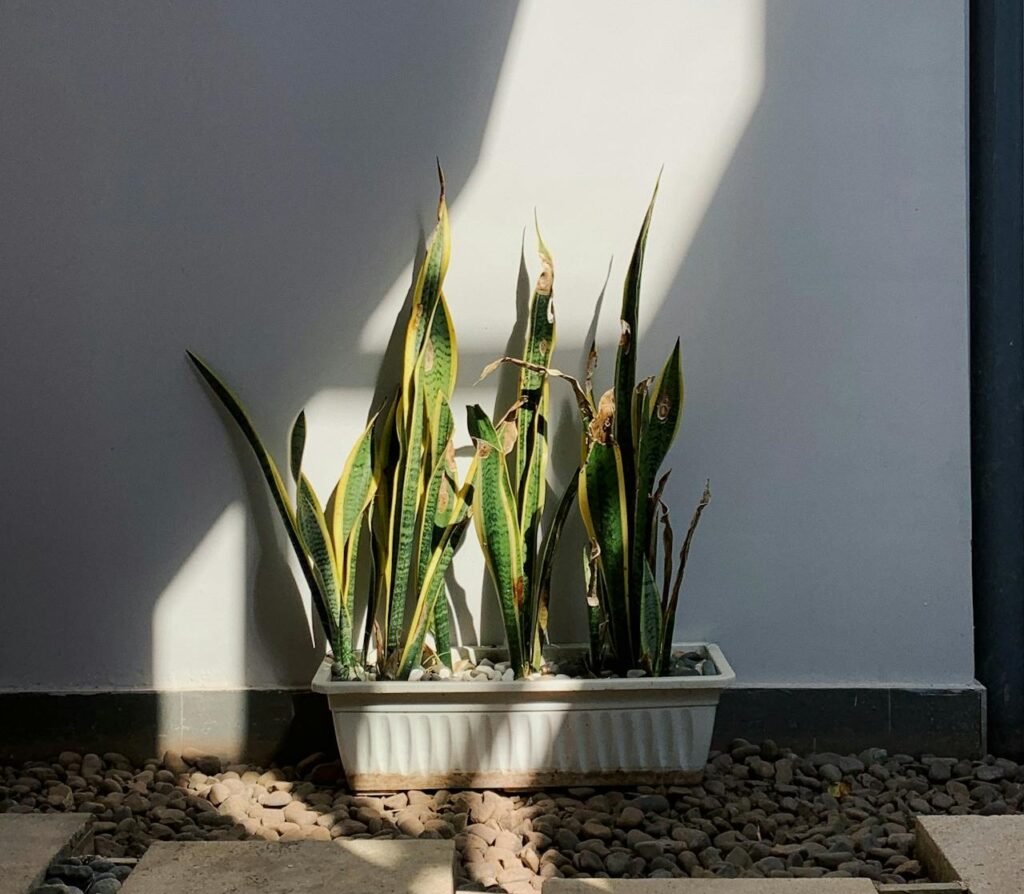
Technically a succulent, Sansevieria is incredibly tolerant of a wide range of conditions—including tropical humidity. It also improves indoor air quality, requires little light, and rarely demands attention. This makes it a favorite in tropical apartments and shaded garden corners.
8. Portulaca (Moss Rose)
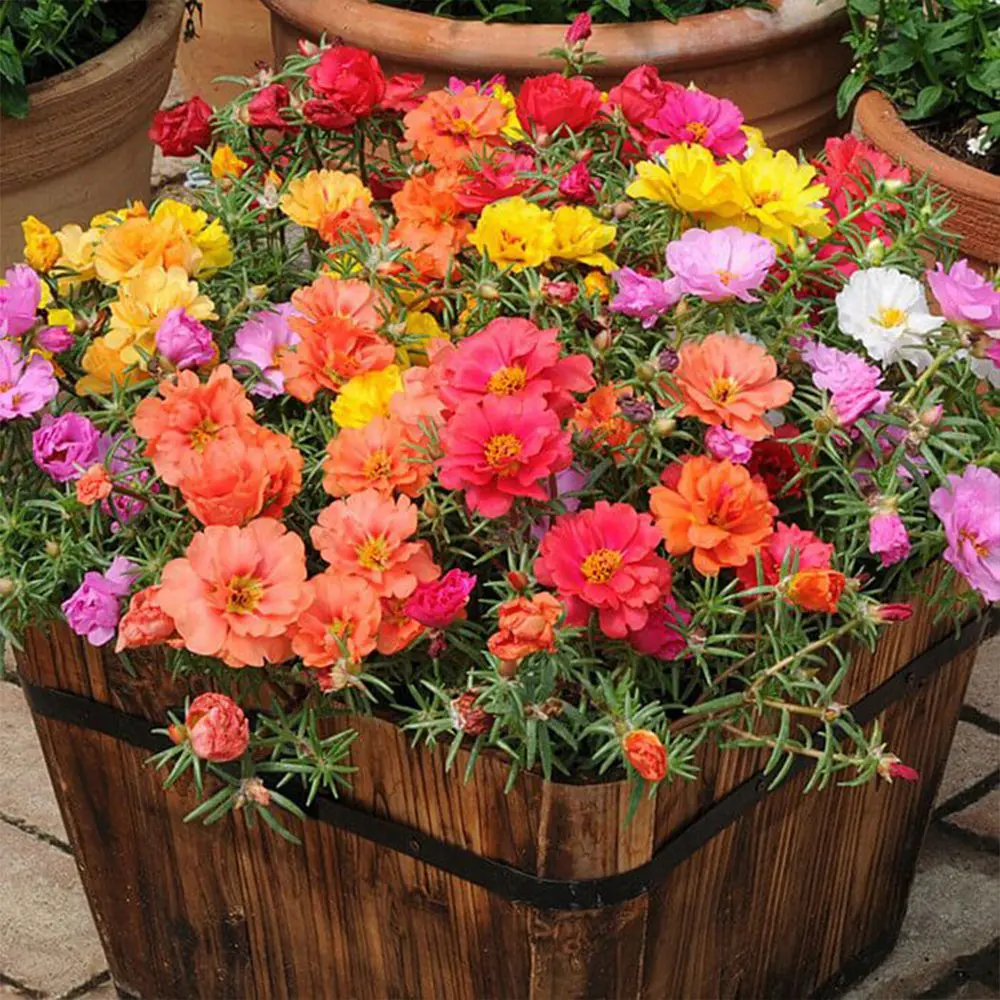
Portulaca is a flowering succulent that thrives in warm, tropical zones with full sunlight. It loves heat and blooms in bold shades of yellow, orange, pink, and red. Because of its ground-hugging habit, it’s perfect for borders, hanging baskets, or container gardens.
9. Peperomia
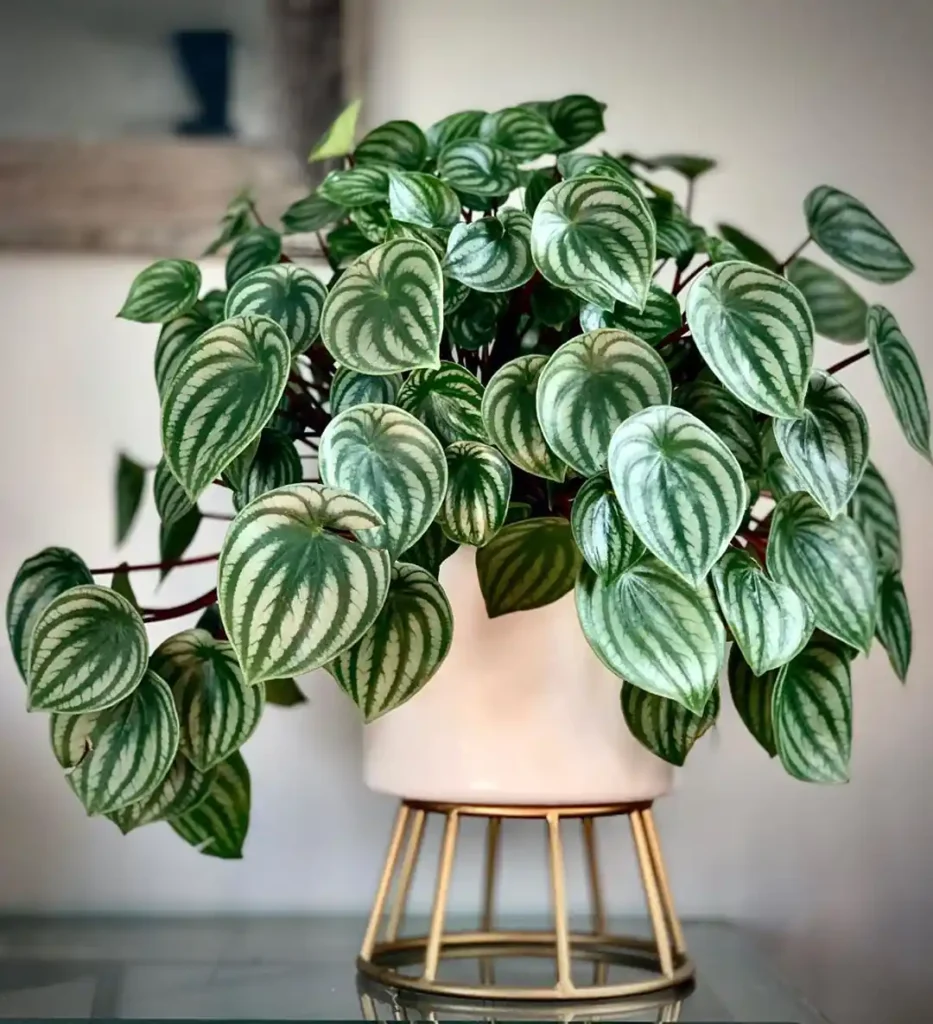
Peperomia species, such as Peperomia obtusifolia, are great tropical-friendly succulents. They naturally grow in rainforest understories and are more tolerant of humid air than most traditional succulents. Their compact size and ornamental leaves make them great tabletop additions.
10. Dischidia
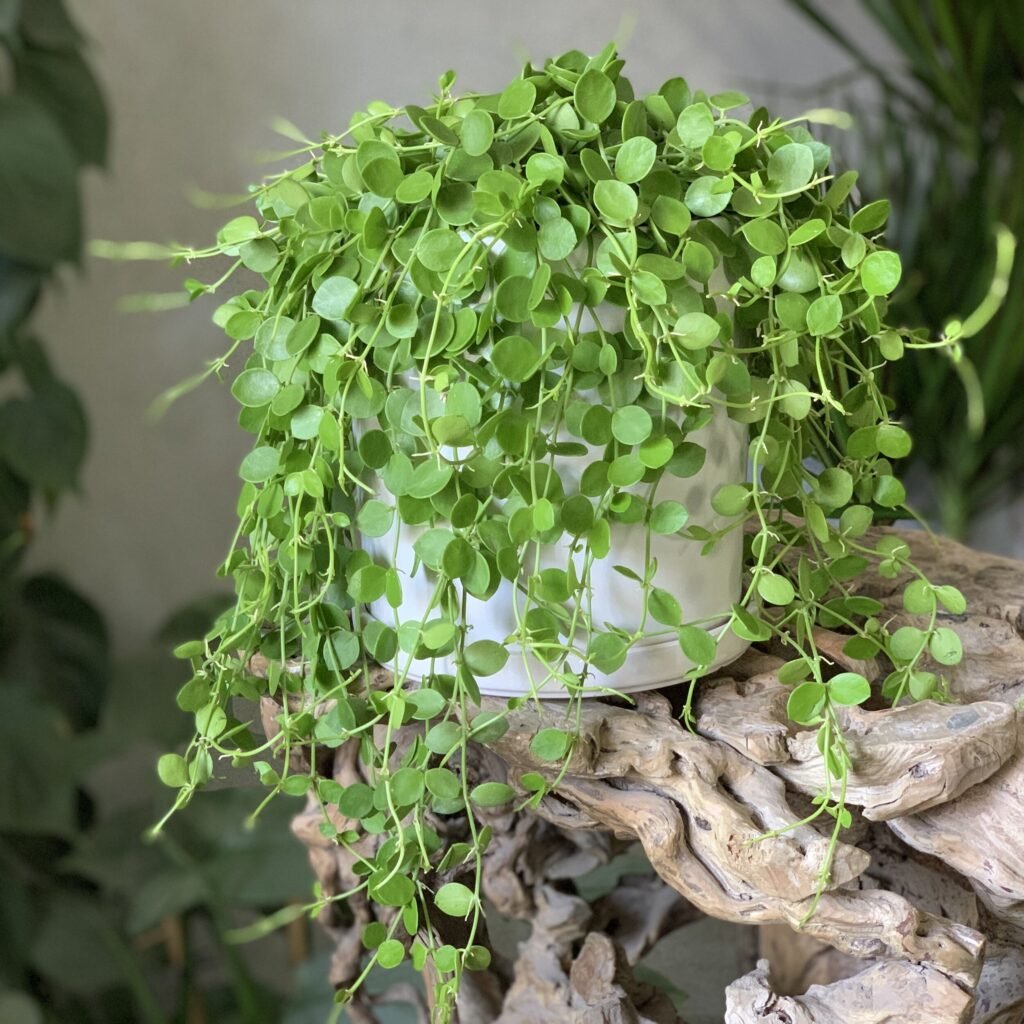
Often mistaken for Hoyas, Dischidias are semi-succulent trailing plants that love humidity and warmth. They’re excellent for hanging pots in covered patios, where their unique foliage can spill gracefully over the edges.
Tips for Caring for Succulents in Tropical Regions
Once you’ve chosen the right succulent varieties for your climate, proper care becomes the next big priority. Even the most adaptable succulents need support to survive and flourish in humid, tropical settings.
Ensure Proper Drainage
Whether planting in the ground or in containers, fast drainage is critical. Use cactus-specific soil mixes or blend regular potting mix with sand, pumice, or perlite. Avoid using peat-based soils, which tend to retain too much moisture.
Avoid Overwatering
This is especially important in humid regions where soil dries slowly. Water only when the top inch of soil feels dry to the touch.
During rainy seasons, reduce watering frequency significantly and consider moving potted succulents under a covered area.
Choose Breathable Pots
Terracotta and unglazed ceramic pots are best because they allow moisture to evaporate more easily. Avoid plastic containers, which tend to trap humidity and contribute to root rot.
Maximize Air Circulation
Good airflow helps prevent fungal growth and mildew. Avoid overcrowding your succulents and place them in areas with breezes or light airflow—especially indoors where stagnant air can be a problem.
Provide Indirect Light
Too much direct sun can scorch the leaves in hot, tropical climates. Instead, aim for filtered light or early morning sun. Succulents placed under pergolas, tree canopies, or on shaded balconies usually do well.
Common Challenges in Tropical Climates
Growing succulents in tropical areas has its rewards, but it also comes with a few unique challenges that require careful attention.
Excessive Humidity
High humidity can cause moisture to linger on leaves and soil surfaces, leading to fungal issues, rot, or mildew. Choose succulents with thicker, more resilient leaves and ensure proper air circulation, especially in shaded or indoor settings.
Sudden Rain Showers
Tropical climates often experience unexpected heavy rains. For container succulents, keep them under a covered area during stormy days. If growing in the ground, raise beds or plant on mounds to help water drain away quickly.
Pests and Mold
Warm, moist environments attract insects like mealybugs, aphids, and fungus gnats. Regularly inspect plants and use natural remedies like neem oil or insecticidal soap to manage infestations. Avoid overwatering and ensure your potting mix drains fast to discourage fungal growth.
Sun Scorching
Although tropical regions are warm, intense midday sun can still burn succulent leaves. Look for early morning sun exposure and gradually acclimate plants to brighter conditions. Leaf burn often appears as brown, dry patches on the upper surfaces of leaves.
Creative Garden Design Tips for Tropical Succulent Spaces
Designing with succulents in tropical gardens opens up endless opportunities for beauty and functionality. Here are a few ideas to inspire your layout:
Layered Planting
Combine tall succulents like Aloe or Snake Plant in the background, medium-sized varieties like Crassula in the middle, and trailing succulents like String of Pearls or Dischidia along the edges. This layering provides a structured, tropical look that thrives in warm climates.
Mix Succulents with Tropical Foliage
Pair succulents with leafy tropical plants like ferns, bromeliads, or philodendrons. Their contrasting textures and forms add visual interest and help maintain humidity balance in larger garden beds.
Create Vertical Gardens
In humid climates, vertical gardens or succulent walls work beautifully when there’s airflow. Use breathable pockets or hanging pots with moisture-control potting mix. Varieties like Sedum, Echeveria, and Haworthia do particularly well in vertical displays.
Incorporate Colorful Pots and Decor
In tropical environments, brightly colored ceramic pots, mosaic tiles, or reclaimed wood planters enhance the lively vibe. Choose containers that allow air to circulate and coordinate the color palette with your succulents for a cohesive aesthetic.
Use Succulents in Tropical Water-Wise Landscaping
Succulents make excellent choices for drought-tolerant zones in tropical landscaping. Combine them with gravel pathways, lava rocks, or driftwood for natural-looking, low-maintenance focal points.
Indoor vs Outdoor Considerations for Tropical Succulents
Not all succulents thrive equally well in every location. Here’s how to choose the right spot:
Outdoor Advantages
Tropical succulents generally flourish outdoors where airflow is better, and light is more consistent. Balconies, terraces, and garden beds offer great options, especially if there’s protection from heavy rain and harsh midday sun.
Indoor Care Tips
If you’re growing succulents inside a tropical home or apartment, pick a spot near a window with filtered light. Avoid placing them in air-conditioned areas where temperatures fluctuate too drastically. You can use pebble trays under pots to improve humidity control without overwatering.
Balancing Light and Moisture
Wherever your succulents live, the balance between light and moisture is crucial. Use sheer curtains or shade cloth outdoors and avoid windows that get harsh afternoon sun indoors. Keep an eye on the soil moisture and always allow it to dry fully before watering again.
Succulent-Friendly Features for Tropical Gardens
Incorporating certain design elements can improve the health and aesthetic of your succulent collection:
- Shaded Pergolas: Offer filtered sunlight while maintaining airflow.
- Elevated Plant Stands: Improve drainage and prevent soil saturation during rainy days.
- Stone Mulching: Helps control soil moisture and adds decorative flair.
- Natural Barriers: Use lava rocks or bamboo dividers to separate succulents from thirstier plants that need more water.
- Sustainable Irrigation: Install drip irrigation or use self-watering spikes for tropical succulent pots to maintain moisture control without overwatering.
Sustainable Practices for Tropical Succulent Care
Eco-conscious gardening is especially important in tropical regions where water and biodiversity are key concerns.
Rainwater Collection
Collecting rainwater not only conserves resources but also provides succulents with soft, mineral-free hydration. Use decorative rain barrels with covered tops to prevent mosquito breeding.
Composting and Soil Health
Enhance your potting mix with organic compost to improve nutrient content and soil aeration. Coconut coir is another great tropical-friendly amendment that adds moisture retention without becoming soggy.
Using Local and Native Succulent Species
Whenever possible, select species that naturally occur in your region or nearby zones. These plants are already adapted to the tropical climate and require less input to thrive.
Pesticide-Free Pest Control
Neem oil, garlic spray, and companion planting with herbs like basil or mint can help keep pests away from your succulent beds—without harming pollinators or beneficial insects.
FAQs
1. Can succulents really survive in tropical climates?
Yes, many succulents can thrive in tropical regions if given proper care. Choosing humidity-tolerant varieties and ensuring good airflow, light control, and fast-draining soil are key to success.
2. What are the best succulents for humid tropical areas?
Some top picks include Aloe vera, Echeveria, Snake Plant (Sansevieria), Peperomia, and Sedum species. These varieties are more tolerant of moisture and adapt well to warm, tropical settings.
3. How often should I water succulents in a tropical climate?
Tropical humidity slows evaporation, so water less frequently. Always let the soil dry completely between waterings to prevent root rot.
4. Do tropical succulents need full sun?
Not always. Most succulents prefer bright, indirect light in tropical areas. Intense midday sun can cause leaf burn. Morning sunlight is ideal.
5. Can I grow succulents indoors in a tropical environment?
Absolutely! Place them near bright windows with indirect light and avoid overwatering. Indoor succulents in tropical homes benefit from occasional airflow and minimal watering.
Final Thoughts
Creating a tropical succulent garden is both an art and a science. While succulents are often thought of as desert dwellers, many varieties thrive in the warmth, moisture, and vibrant atmosphere of tropical settings.
With the right plant selection, soil mix, containers, and care practices, your succulents can flourish beautifully—even under tropical skies. Whether you’re growing on a high-rise balcony or in a backyard oasis, the charm and resilience of tropical-friendly succulents bring year-round joy to your green space.
